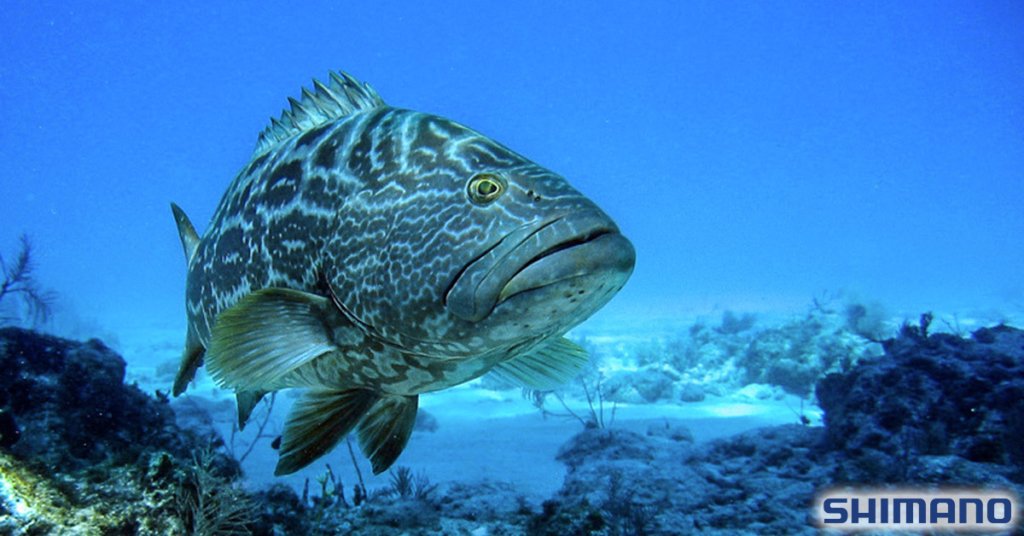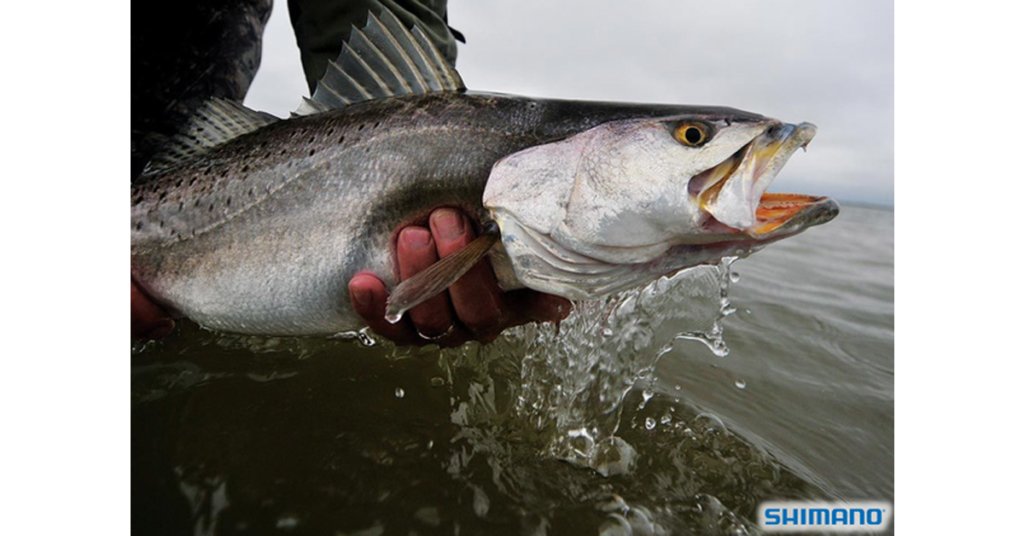So you just got a new reel and you want to know the proper way of setting your drag? We’ve got you covered. Here are the basics of what a drag is, and the correct way to set your drag so you don’t break your line or lose the fish because he shakes your hook.
What is a Drag and Why is it Important?
The drag is a pair of friction plates in your reel that controls the amount of line that gets let out when you’re fighting a fish. When a fish pulls on your line hard enough, the friction is overcome and the reel rotates backward to let line out.
It’s important to set your drag properly depending on your fishing situation. If you don’t set it to match your fish, your line will come out either too fast or too slow, which in turn might cause the fish to shake the hook or your line to break.
The rod you’re using, along with the type of line (monofilament, braided line, etc.) will also play a role in how you set your drag.
Setting the Drag on Spinning Reels
The drag on spinning reels is on the top of the reel. It’s set by turning the click wheel to the right to tighten, and to the left to loosen your drag.
Pull on your line directly (your line should be through all your guides on the rod, set up like you’re going fishing, make sure all knots are out of your guides). If the line pulls out too easily, tighten the drag. If it’s too hard, loosen your drag.
You can use a small spring scale to judge the force if you don’t think you can do it accurately yourself. It’s better to be too loose and have to fight your fish a little longer, than to break off when you’ve got a big fish on the line.
Lever Drag and Conventional Reels
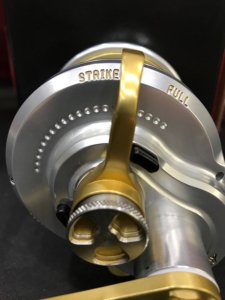 Your drag should be set at a number that is 1/4 to 1/3 of your line’s breaking strength. So if you’re using a 40 lb braid, your drag setting will be between 10 and 13 lbs at strike. (the button you’ll see as your lever goes forward before stopping toward full.)
Your drag should be set at a number that is 1/4 to 1/3 of your line’s breaking strength. So if you’re using a 40 lb braid, your drag setting will be between 10 and 13 lbs at strike. (the button you’ll see as your lever goes forward before stopping toward full.)
Star drags have a drag shaped like a star, and give you more precise control over your drag. You cannot tighten or loosen a star drag once it’s set, or you will have to do it again to find your setting.
Lever drags have a lever that goes between strike and full, and they give you a built-in stop that might change a couple pounds when you change gears.
Use a spring scale for the most accuracy. Take your rod and reel setup with line through the guides, and create a loop at the end of your line.
Put some drag on the reel to start, and hook your scale onto the line. Pull down on the line and see how far you can go. If you have a 40 lb line, and the scale says 8 lbs, you need to loosen the drag until you get to 10-13 lbs, which is the recommended setting for 40 lb line.
Do this a few times to make sure it’s consistent. Once you get your drag to the desired setting, do not touch the drag knob anymore or you may accidentally change it.
Adjusting Your Drag When Fighting a Fish
When you initially set your drag, you’re doing so with a full spool of line. A big fish might pull half your spool out, which changes the dynamics and makes your drag set at a higher amount.
So if you started at 10-13 lbs, you may now be at 20-26 lbs when a fish has half your line out. You’ll want to loosen your drag to get it back to the comfortable range of 10-13 lbs, or you’ll risk breaking your line.
Tips for Setting Your Drag
A heavier action rod will increase the pressure on you when fighting a fish, so your drag setting will feel like it’s higher compared to a more parabolic rod with a medium tip and a slow-bending backbone.
Braided lines do not stretch like monofilament, so keep your line type in mind when setting your drag.
Your rod is like a spring under pressure when a fish is on. Once loaded, it has kinetic energy working in its favor and with the right action, it works in your favor putting pressure on the fish under the reel’s drag. After it’s bent, it will take pressure off you and apply it to the fish.
Rods with a faster tip and slower backbone bend better, and are more forgiving to the angler, putting more pressure on the fish. Rods that are slower and less forgiving will put more heat on the angler instead of the fish.
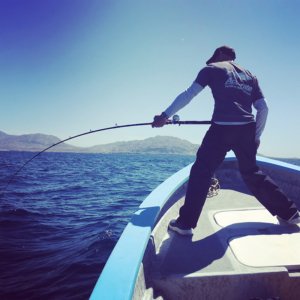
Slower less forgiving rod that puts the heat on the angler versus the fish
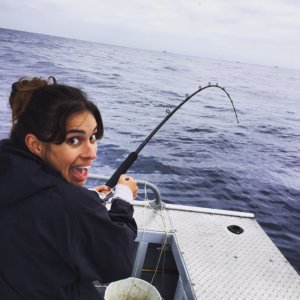
Faster tip with slower backbone bending into fore grip. More forgiving for anglers that cannot handle the heat
When you’re standing up, heavier action rods can put a ton of pressure on a fish because they do not bend like lighter ones, so keep that in mind when setting your drag.
Thanks to Accurate Fishing for these awesome photos.
